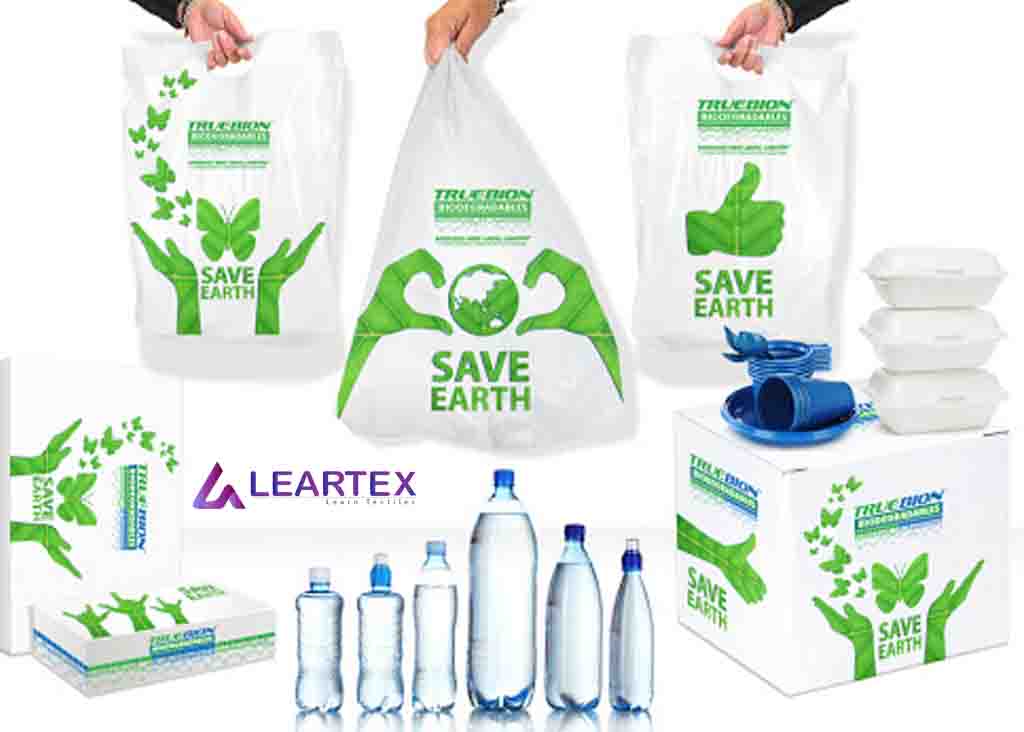
Biodegradable plastic is plastics that can be decomposed by the action of living organisms. Biodegradable plastics are commonly produced with renewable raw materials.
Application and Uses
Biodegradable plastics are commonly used for disposable items, such as packaging, crockery, cutlery, and foodservice containers. In principle they could replace many applications for conventional plastics, however, cost and performance remain problematic. Their usage is financially favorable only if supported by specific regulations limiting the usage of conventional plastics. For example, biodegradable plastic bags and shoppers have been compulsory in Italy since 2011 with the introduction of a specific law.
Biodegradable Plastics
Factors affecting biodegradation
Chemical composition
- Least to greatest resistance to biodegradation:
- n-alkanes > branched alkanes > low molecular weight aromatics > cyclic alkanes > high molecular weight aromatics = polar polymers
Physical properties
- Shape
- Exposed surface area
- Thickness
Abiotic factors
- Temperature
- Atmospheric water/salt concentration
- Photo-degradation
- Hydrolysis
Biotic factors
- Presence of proper strains of microorganisms
Biodegradable Plastic
Environmental impacts
Microbial degradation: The primary purpose of biodegradable plastics is to replace traditional plastics that persist in landfills and harm the environment.
Therefore, the ability of microorganisms to break down these plastics is an incredible environmental advantage. Microbial degradation is accomplished by 3 steps: colonization of the plastic surface, hydrolysis, and mineralization.
First, microorganisms populate the exposed plastics. Next, the bacteria secrete enzymes that bind to the carbon source or polymer substrates and then split the hydrocarbon bonds.
The process results in the production of H2O and CO2. Despite the release of CO2 into the environment, biodegradable plastics leave a smaller footprint than petroleum-based plastics that accumulate in landfills and cause heavy pollution, which is why they are explored as alternatives to traditional plastics.
Reference: https://en.wikipedia.org
You May Also Read:
Visit our Fb Page and stay tuned.
